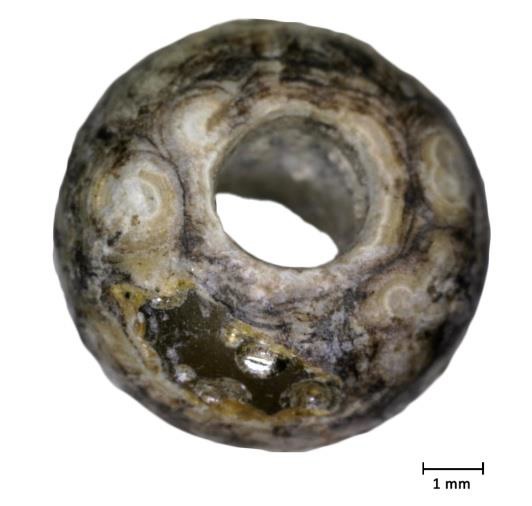by Hala A.M.Afifi, Mohamed A. Etman, Hasnaa A.M. Abdrabbo and Hussein M. Kamal
ABSTRACT
Wooden statuette belonging to a kind of boxes or chests the “canopic chests”, are reported in ancient Egypt from the 2nd millennium BC to Ptolemaic period. Due to their wide use, often the dating or function of such objects is questionable. In this paper we shed the light on dating and original function of this statuette through alternative multi-analytical techniques, such as, Optical Microscopy (OM), Portable X Ray fluorescence (PXRF) and Fourier Transform Infrared Spectroscopy (FTIR-ATR), coupled with archaeological and typological study. The results revealed that it is depicting the God Soker in falcon headed mummy shape and was used to surmount the lid of shrine or naos shape canopic chests. Analytical investigation resulted to the identification οf wood species (Ficus sycamore), the preparation layer composed of calcium carbonates, and the pigments used: Egyptian blue, malachite, orpiment and cinnabar, while, the gilded layer is alloy of gold and silver, and the binding media identified as animal glue. The combination of techniques for dating and typological criteria suggests that this statuette can be dated from late 27th dynasty (ca. 525 – 404 BC) to the Greco-Roman period.
![]()



